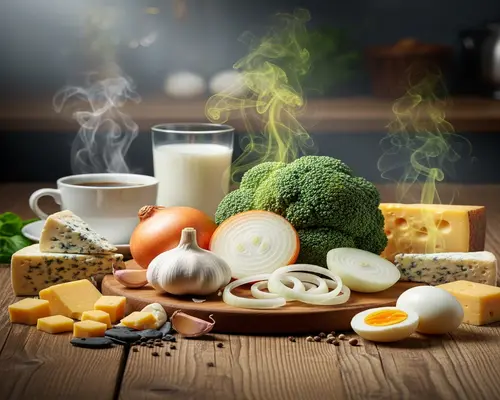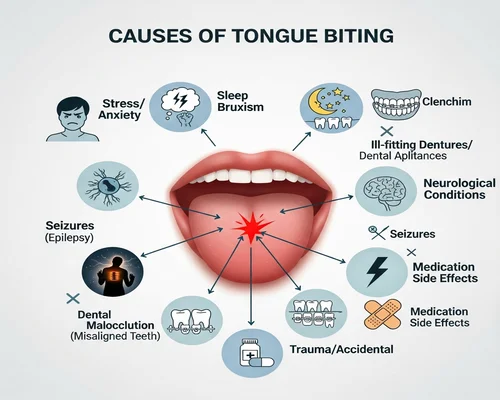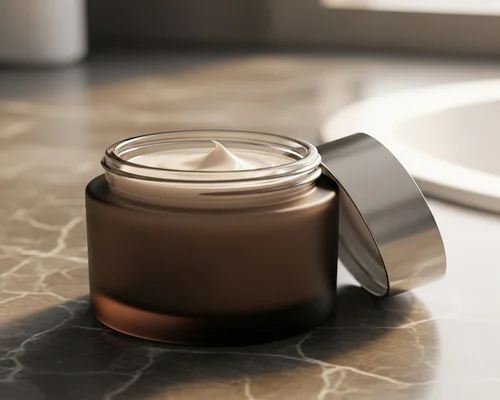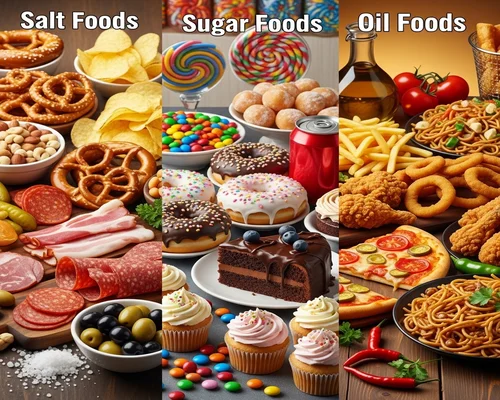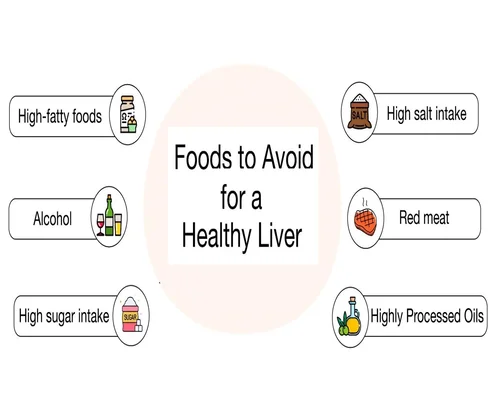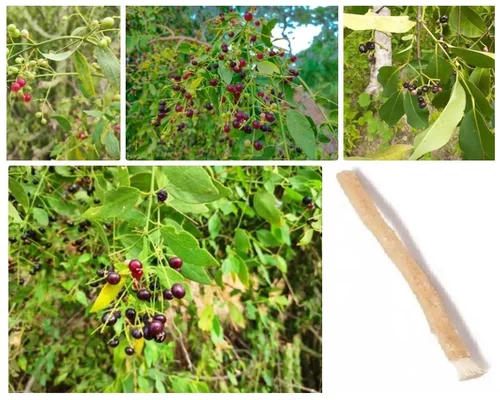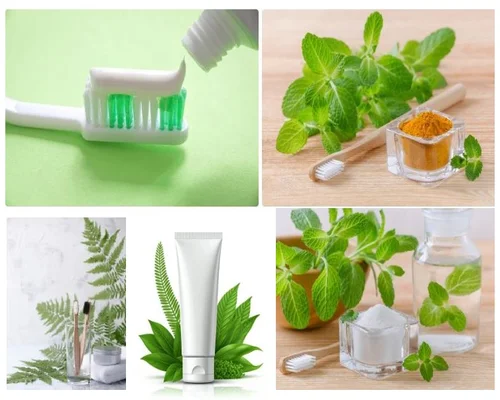
What plants are used to make Toothpaste?
What plants are used to make toothpaste?
There are many different types of plants used to make toothpaste. Some of the most common are: neem, acacia, basil, mint, clove, eucalyptus, and aloe vera. These plants are known for their natural properties and beneficial ingredients in caring for teeth and gums. According to Wikipedia, some toothpastes also use plant extracts, such as strawberry extract.
Some toothpastes, such as herbal toothpastes, are made from the extract of the Salvadora persica plant. It is also called meswak. It has been used for cleaning teeth for over 7000 years Wikipedia.
The plants commonly used in toothpaste are:
- Neem: Has antiseptic and antibacterial properties.
- Acacia: Protects teeth and gums.
- Basil: Helps maintain good oral health.
- Mint: Gives fresh breath and a cooling sensation.
- Clove: Helps reduce toothache and eliminate bad breath.
- Eucalyptus: Eliminates bad breath and helps keep gums healthy.
- Aloe Vera: Moisturizes gums and helps reduce inflammation.
In addition, other ingredients are also used in toothpaste, such as baking soda, calcium carbonate, and various types of oils and extracts.
Many natural plants or plant ingredients are used in the preparation of toothpaste, which have antibacterial, antiseptic, abrasive, or aromatic properties.
Some common plants used in modern and natural toothpastes are given below:
The following plant parts are used in natural toothpastes:
Powder (leaves/bark/root)
Extract
Essential oil
Used in commercial and homemade toothpastes:
In homeopathic/Ayurvedic toothpastes: Neem, Miswak, Tulsi, Acacia
To make homemade pastes: Neem leaf powder, clove oil, mulethi powder are used
Toothpaste is a compound commonly used to clean and protect teeth. It is mainly made up of various chemical ingredients, such as abrasives, fluoride, flavoring agents, and foaming agents. Some toothpastes may also contain bleaching agents.
Here are some of the main ingredients in toothpaste and their functions:
Abrasives: such as calcium carbonate, silica, which help remove stains and plaque from the surface of the teeth.
Fluoride: such as sodium fluoride, which strengthens tooth enamel and helps prevent decay.
Flavoring agents: such as menthol, which gives the toothpaste a refreshing taste.
Foaming agents: Such as sodium lauryl sulfate, which helps the toothpaste to foam and spread well in the mouth.
Other ingredients: Some toothpastes may contain antibacterial ingredients such as triclosan or zinc chloride, which help kill bacteria. In addition, some toothpastes also contain suspensions mixed with water.
Therefore, toothpaste is a complex mixture that is made using various ingredients to protect dental health.
Toothpaste is usually made with abrasives, fluoride, and detergents. In addition, various ingredients are used to add flavor, odor, and color to toothpaste. In some toothpastes, titanium oxide is used for whitening and mica is used for adding shine.
The main ingredients in toothpaste are:
Abrasives:
Example - calcium carbonate, dicalcium phosphate, silica - which help remove dirt and stains from teeth.
Fluoride:
It helps prevent tooth decay and strengthen enamel. Usually sodium fluoride, stannous fluoride or sodium monofluorophosphate are used.
Detergents:
Example - sodium lauryl sulfate (SLS), which creates foam and helps clean teeth.
Other ingredients:
Sweeters (e.g. - sucrose, sorbitol), fragrances, and dyes are used to add flavor, odor, and color. In addition, some toothpastes also contain anti-inflammatory ingredients and ingredients to reduce dryness.
The ratio of these ingredients may vary between different types of toothpaste, and some toothpastes may contain special ingredients such as herbal extracts or antibacterial ingredients.
A Natural Toothpaste Recipe
Here is a simple, safe and effective natural toothpaste recipe that you can make at home using only plants and natural ingredients.
Natural Toothpaste Recipe (Herbal Toothpaste DIY)
Ingredients (Approximately 1 teaspoon = 1 tablespoon in all sizes):
Ingredients=Amount, Benefits
- Neem leaf powder=1 teaspoon, destroys bacteria, prevents tooth decay
- Pilu/Miswak powder=1 teaspoon, natural teeth cleaner
- Acacia bark powder=1 teaspoon, strengthens gums, stops bleeding
- Clove powder=½ teaspoon, toothache and antiseptic
- Mulethi powder=1 teaspoon, anti-inflammatory, heals mouth ulcers
- Coconut oil=1 tablespoon, prevents bacteria and increases the thickness of the paste
- Mint oil or paste (optional)=3–5 drops, fragrance and cooling sensation in the mouth
Preparation method:
- Mix all the powdered ingredients together in a clean glass or ceramic bowl.
- Slowly add the coconut oil and make it into a paste.
- If desired, add a few drops of mint or lemongrass essential oil (to give a fresh feel to the mouth).
- Store in a clean glass jar or small container.
Directions for use:
- Each time you use it, use a small amount with a clean spoon or wooden stick and apply it to the brush
- Use twice a day (morning and night before bed)
Caution:
Store the paste in a dry place
Use within 2 weeks (it is better to make it fresh)
Consult a doctor for use on children
This paste does not contain any fluoride, chemicals or artificial fragrances — so it is natural and safe.

